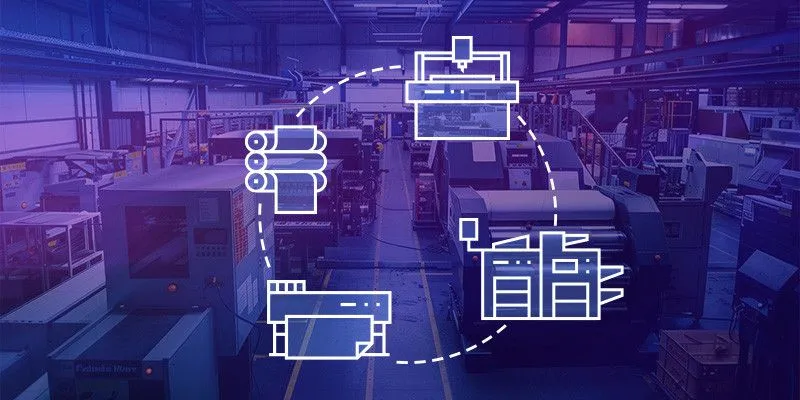How to successfully expand your product range as a print business
5 September 2024

4 common pitfalls that deserve your attention
The classic division within graphic production companies (digital, offset, large format, etc.) is becoming increasingly blurred. More and more print businesses are evolving towards a kind of hybrid model, in which they offer a wider range of applications, whether or not produced in-house. On the one hand, they do this at the request of their customers, who increasingly want a variety of print applications, and on the other hand to explore new markets where they can deliver higher added value and thus achieve higher margins. After all, standard print jobs alone won't get you there anymore, due to cut-throat competition and low margins.
To make this transition to a hybrid model a success, these print businesses obviously need to do more than just invest in new machines or set up a webshop. The evolution comes with some major challenges such as adjustments to the company's organisation and processes. We therefore list some key topics.
1. How do you accurately calculate print orders when multiple different printing and finishing techniques are involved?
For print businesses, accurate and fast calculation of print orders is a crucial challenge, which is of great importance for cost control, pricing and planning optimisation. The complexity increases significantly in print businesses using a variety of printing and finishing techniques. This makes it even more difficult to ensure accurate cost calculation and efficient planning, which is essential for the success of the business. Because without an accurate calculation, you quickly fall back on just the selling price, making the potential bargaining margin unprecedented. Never mind that you can decide whether to execute an order yourself or outsource it to a third party.
2. How do you avoid errors and inefficiencies with web-to-print orders?
Web-to-Print has very quickly become the dominant flow for incoming orders at many print businesses, posing significant challenges. For example, print businesses risk inefficiencies and errors by having to maintain different systems that are not integrated. Manually transferring orders from a web-to-print site to the actual order flow, or updating different systems can lead to delays and inaccurate orders, harming customer satisfaction. So a thoughtful, automated approach to incoming orders is important for maintaining competitiveness and customer satisfaction.
3. How do you guarantee flawless delivery and service?
Perfect and fast service is vital in today's competitive print world. Without a good logistics approach, companies risk delays and wrong deliveries that can damage their reputation. An integrated logistics chain that registers both shipments and installation of sign and large-format orders ensures clear communication and allows for shorter lead times. Thus, files can be closed and invoiced faster. Without flawless control of the entire process, from order to delivery, you risk mistakes, loose ends and dissatisfied customers. In addition, you may face unexpected, high shipping costs resulting in endless price discussions with the end customer.
4. Despite increased complexity, how do you always maintain an overview?
For managers of print production companies, it is crucial to always have access to up-to-date information. If they don’t do this, they won’t have real-time insight into essential data such as cash flow, turnover, inventory management, sales figures or machine downtime. This lack of insight can lead to missed opportunities, unused capacity and makes it difficult to make strategic decisions and improve returns. Moreover, you run the risk of not being able to intervene quickly where necessary in case of any problems.
Conclusion
To tackle all the above challenges efficiently, you need powerful software that can handle all your business processes, is integrated across all departments and is specifically designed for print production companies.
MultiPress is one of the only print MIS/ERP systems that has systematically anticipated the above challenges and implemented innovations that address them.